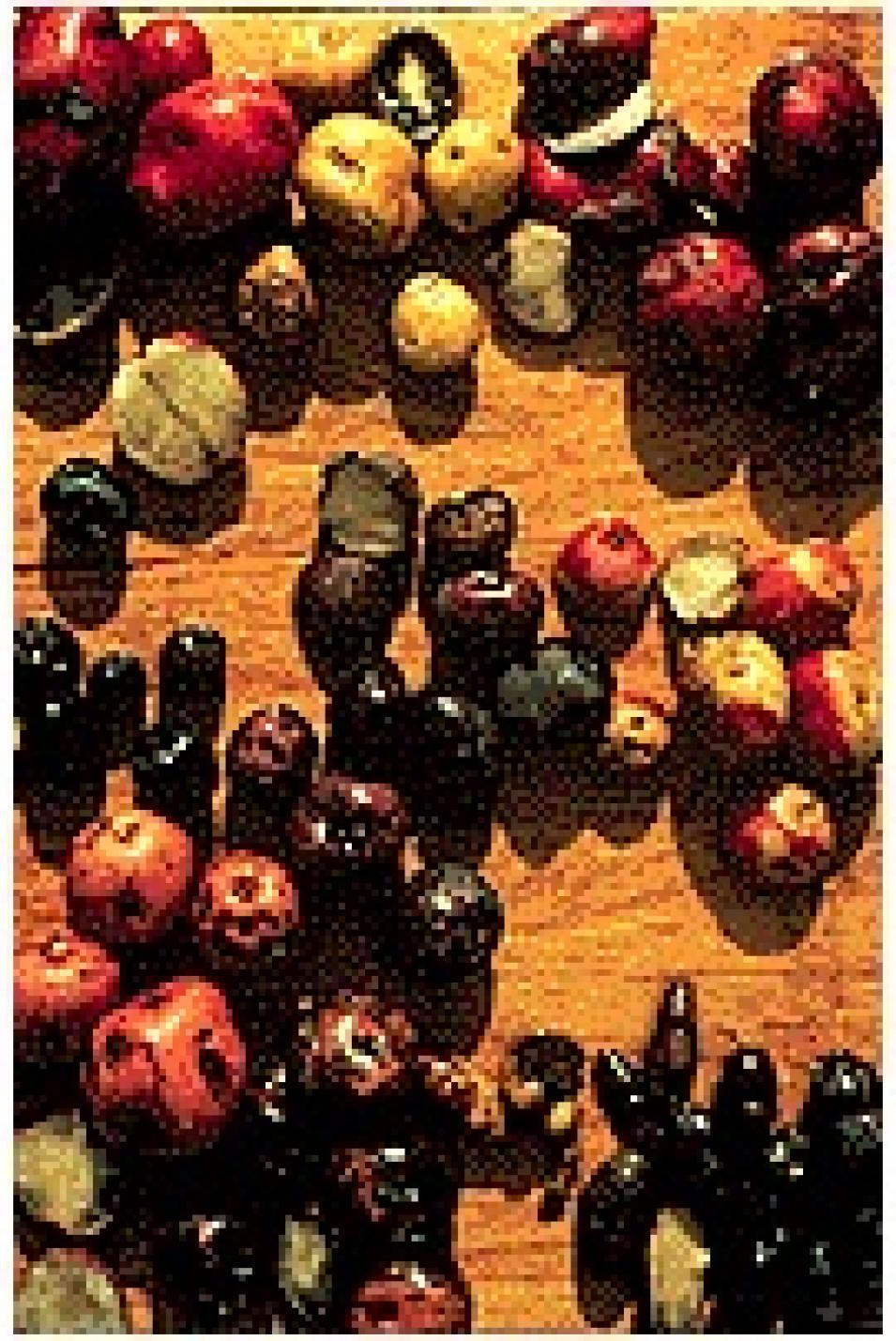"Climate scientists heretofore had not looked for these correlations of El Niño and cloud cover. This study generates hypotheses for contemporary western modern atmospheric scientists to evaluate," Orlove said.
Cane heard about the Andean forecasting practice while on vacation in Peru. He had already studied ways to predict El Niño and thought the practice might have merit. Orlove, the UC-Davis anthropologist, had seen some of the rituals associated with the Pleiades-watching while working on his dissertation. Mutual friends put them in contact. It was the first time Orlove had worked with an atmospheric scientist, and the first time Cane had collaborated with an anthropologist, Orlove said. "On the face of it, it's slightly odd to look at stars to see whether they're dim, and decide what rainfall is going to be like a number of months down the road on that basis," Orlove said. "So we just wanted to see what kind of foundation there might be to that."
When they began their research, clouds were one of many possible explanations for the Pleiades' dimness. Other possibilities included the presence of atmospheric turbulence and dust, Orlove said. But the researchers realized it would take an enormous amount of atmospheric turbulence to change the brightness of the stars: more than what existed. They also rejected the likelihood that dust storms which occur in that area, caused the stars to appear dimmer, because, first, dust storms don't usually occur at that time of year, and second, because obtaining data about dust would be difficult, Chiang said.
One of Cane's colleagues suggested they examine satellite data on high clouds. Thin cirrus clouds are invisible from the ground and form above other clouds, near the top of the troposphere, the layer of Earth's atmosphere where weather occurs.
The ISCCP cloud cover data, planned for 1983 through 2005 with data currently from 1983 through 1994, show global cloud cover and cloud types over month-long intervals, allowing the researchers to determine that high clouds were present, dimming the Pleiades, and to verify that El Niño events correlated with high cloud appearances.
They needed more information about the high clouds, including the clouds' thickness and composition, available in the SAGE II data collection. To make these observations, a satellite is lined up so the Earth's atmosphere is between the satellite sensor and the sun. Then the sensor measures differences in the way the light gets through the atmosphere, Chiang said. The data allowed Chiang and the other researchers to compare high-cloud thickness at different times.
They found that when the high clouds were thicker, obscuring the Pleiades, the El Niño that occurred a few months later was more severe and less rain fell, thus confirming the farmer's observations.


